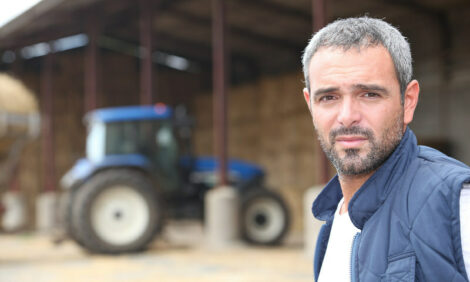



Cull-sow market endangers foreign animal-disease prevention
The US cull-sow market could threaten containment plans if a foreign animal-disease (FAD) outbreak occurred in the US, according to Jim Lowe, DVM, associate professor at the University of Illinois.A research project headed up by Lowe checked where sows are transported once sold into the cull-sow market. Information about cull-sow movements will help determine ways to stop disease transmission if there’s an FAD outbreak.
Cull sows cross three state lines
The study traced the transportation of cull sows processed during one week at a processing plant in Illinois. Using premise ID tags from the sows, researchers identified each sow’s farm of origin and the last buying station before processing.
The results included cull sows sold from 300 farms in 21 states. About 86% of the sows went from the farm to a local buying station and then to a packing plant. The rest travelled long distances before being processed.
“The cull-sow market is very different from the fat-hog market,” Lowe said. “The average sow crosses three state lines from farm to market. If we have a foot-and-mouth-disease outbreak in one state, it’s likely to be everywhere, based on cull-sow movements, within a very short time.”
Lowe plans to continue studying cull-sow movements prior to processing by looking at more sows at more processing plants during different times of the year. The results will help regulators prepare a plan for a potential FAD outbreak.









